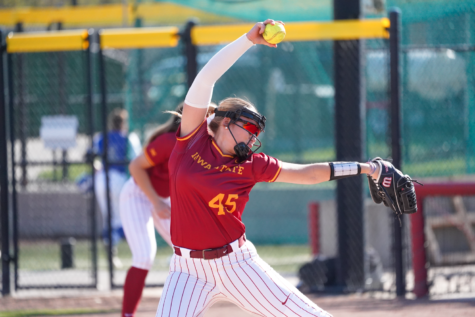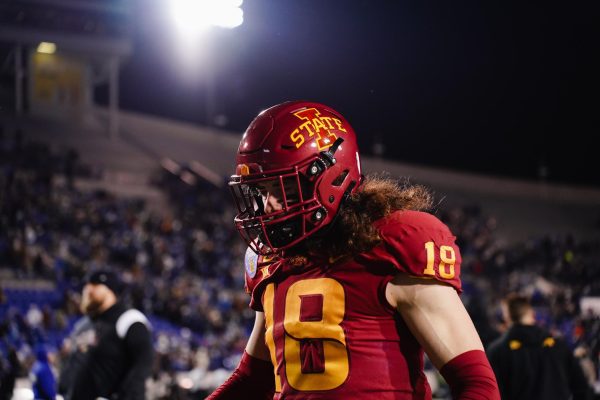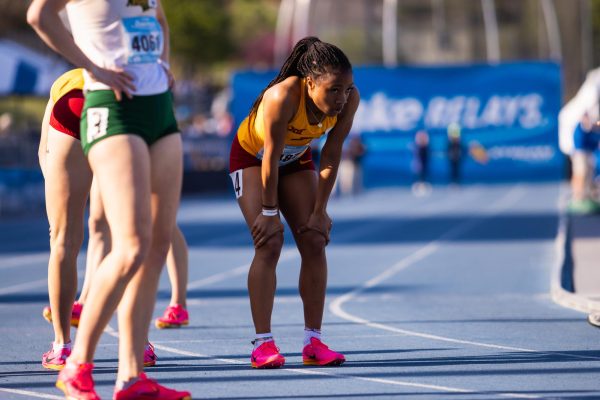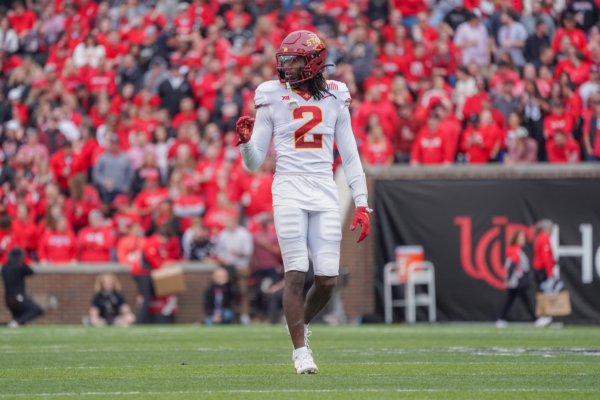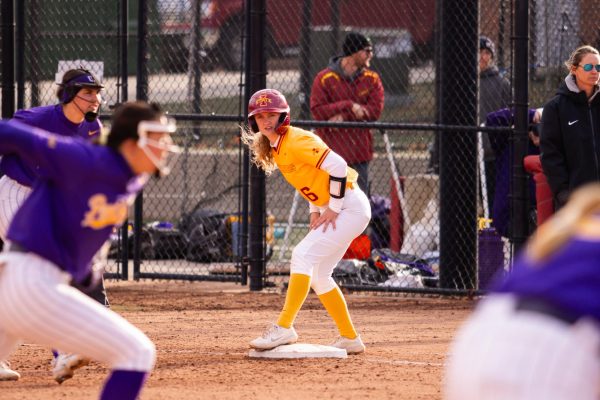ISU student-athletes give their spin on the Drake situation
January 23, 2001
With the recent suspension of four Drake men’s basketball players, members of ISU’s athletic community have been talking about the occurrences in Des Moines, as well as ISU’s own academic standards. Bulldog basketball players Lamont Evans, Dontaie Smith, Alberto Jempierre and Mike O’Neill were all suspended last week for failing to achieve a minimum grade point average of 2.0 for the fall semester. As a result of the suspensions, Drake has been criticized by the players and questioned by critics for holding its student-athletes to a higher academic standard than the NCAA requires. Sunday it was announced that Evans, formerly the starting point guard, and Smith, the team’s leading scorer, had filed a lawsuit against the institution alleging that they had put the athletes’ chances of eventually turning professional in serious jeopardy.”There’s not much grounds [for a lawsuit],” ISU men’s basketball player Paul Shirley said. “They signed up to play there, so they should know the standards.”ISU women’s tennis player, Courtney Leese, agreed with Shirley’s words, saying, “A lawsuit is going overboard. When they signed on to play there, they knew the rules.”I don’t think the standards are outrageous. We are here to learn.”ISU’s current academic standards are the same as the NCAA’s. NCAA rules require students to meet a satisfactory progress clause. This states that the student-athlete must be enrolled in 12 credit hours per semester to compete, practice and receive financial aid.The NCAA also says that during an academic year (fall, spring and summer semester if needed) the student athlete must pass 24 hours that apply to his/her program of study. To be eligible for the next year, the student-athlete needs to pass the 24 credit hours.The NCAA standard then states that entering the third year or fifth semester, the student-athlete must have a cumulative 1.8 GPA. Entering the fourth year or seventh semester, the student-athlete must carry a 1.9 cumulative GPA.That is where the main difference between Drake and the rest of the NCAA is. At Drake a student-athlete must carry a 2.0 at all times.Non student-athletes agree with the standard that is set for the athletes.”I think it’s a fair standard if they’re playing for a college,” said Susan Witthauer, junior in advertising. “If graduation is the ultimate goal, which it should be, then it’s fair,” Witthauer said.Donald Reed, manager for athletic academic services said that standards are present for a reason.”It’s a convoluted formula,” said Reed. “But the standards were put in place for a reason.”Asked if he thought the standards were fair, Reed said, “They’re definitely attainable. That’s the standards we put in front of them [the student athletes], and that’s what the standard is.””The rules are complicated, but definitely fair. It’s not too rigorous and the minimum GPA isn’t that hard to get,” Shirley said. “We’re here to go to school first and play some.”








